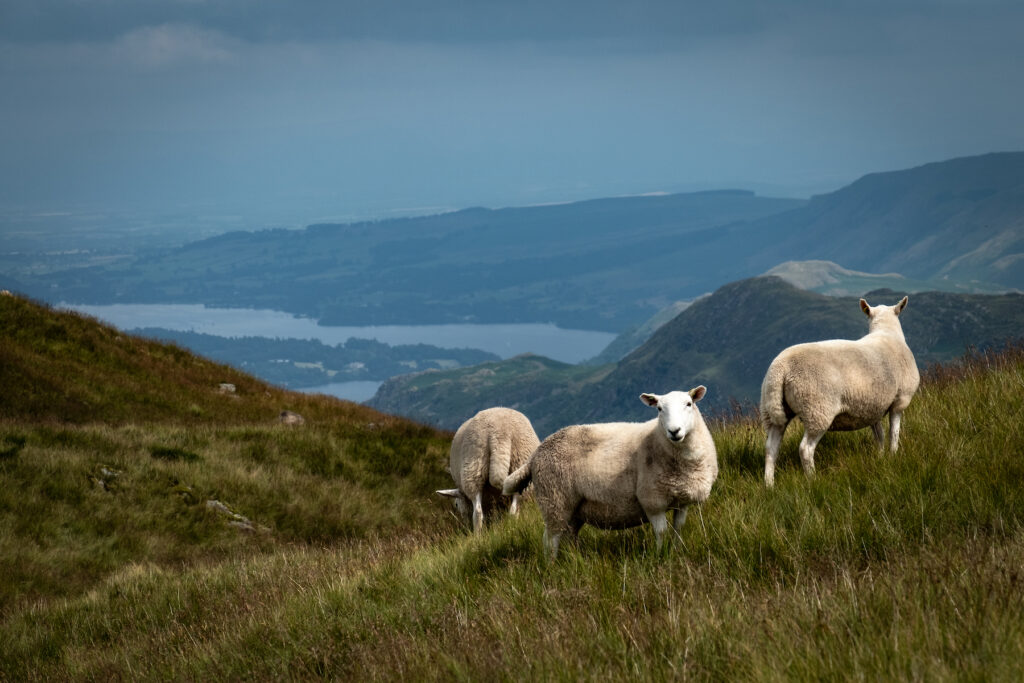ELMS: “Huge uplift” to support for upland farmers
26th May 2023
Changes to ELMS will offer improved access for upland farmers, as well as improved options under Countryside Stewardship for 2023.
After feedback from upland farmers and industry groups, Defra’s secretary of state Thérèse Coffey has announced increased payment rates and improved options for upland farmers.
Payment rates in ELM schemes will be made equal for both upland and lowland farms when they are carrying out the same actions. This will mean increased rates for upland farmers in four Countryside Stewardship options.
A further seven Countryside Stewardship options will be reviewed and amended to make them more accessible to upland farmers. Defra has also pledged to improve engagement with upland farmers, providing focused advice and support to help them access schemes.
“A real turning point”
The news has been welcomed by the NFU after months of campaigning. Vice president David Exwood said: “It is really encouraging to hear government has listened to our concerns about upland farmers not getting a fair deal under the new ELM schemes.
“This announcement recognises the role hill farmers play in producing our food and looking after some of our most challenging and iconic farming landscapes.
“We have fought repeatedly for ELMs to be developed in a way that is inclusive and available to every farm business. This announcement for upland farmers means they will receive a huge uplift to the support available under the new schemes which will provide them with the confidence they need to plan for the future.”
NFU uplands forum chair Thomas Binns described the announcement as “a real turning point in the government’s acknowledgement and understanding of the important role of upland farmers”.
He added: “It is a positive first step that now allows us to focus on ensuring moorland and common land are equally recognised in the important contribution to upland farming, the environment and rural communities.
“For many upland farming families, it means we are able to go from firefighting and questioning our role in the future of British farming, to having the confidence and viability to make long-term decisions for our businesses. We will now be able to do what we do best; produce high-quality, protein-rich food and manage our most treasured landscapes.”
As the news was announced today prime minister Rishi Sunak said: “I want to pay tribute to our upland farmers who not only deliver some of our finest produce, but also act as the guardians of some of our country’s most iconic landscapes.
“As we work to deliver a fairer, more sustainable farming system outside the EU, we are determined to make sure their interests are at the heart of these efforts. That’s why we’ve set out a range of new support to ensure that they feel the benefits of our new schemes for years to come.”
Thérèse Coffey said the government had responded to feedback from the industry. “We’ve worked closely with upland farmers from day one, and they’ve told me personally what further support they need, so today we’re further responding to their feedback with increased payments, an improved offer and more engagement to ensure they are at the centre of our schemes.”
Changes to payment schemes
Rewarding farmers for low inputs on grasslands in upland areas, which previously earned farmers £98 per hectare, will increase to £151– the same payment farmers elsewhere receive. At the upper end of the scale, creation of upland wood pasture will increase from £333 per hectare to £544 to align payments for upland and lowland farmers.
Details on improvements to existing offers within Countryside Stewardship will follow as part of the full 2024 offer in the summer.
Upland farmers can:
- Get paid for over 130 relevant actions under the Countryside Stewardship and the Sustainable Farming Inventive from 2024. This will include new moorland and upland peat action, with considerably higher payments for moorlands in good environmental condition
- Extend their Higher Level Stewardship agreements for five years running alongside Countryside Stewardship or SFI agreements, allowing them to get paid for more actions and take advantage of price increases
- Apply for the second round of the Landscape Recovery scheme, which is open to individual or groups of land managers
- Apply for upland Wildlife Offers for a range of management options that focus on providing habitats for farm wildlife
- Apply for the Farming in Protected Landscapes programme if they are in an AONB, National Park or the Broads.
- Express an interesting in a free vet visit to reduce costs and improve productivity.

